Programming Language
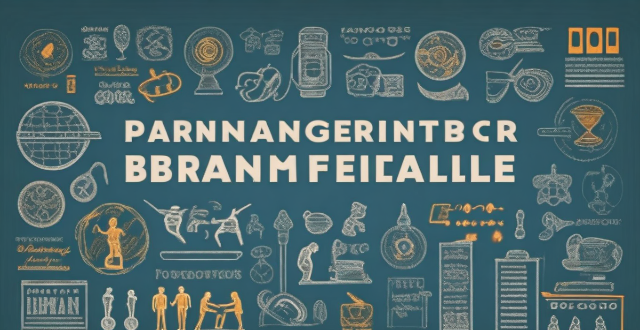
Which programming language should I start learning first as a beginner ?
Choosing the first programming language to learn can be overwhelming for beginners due to the plethora of options available. However, there are certain factors that you should consider while making this decision. These include ease of learning, popularity and community support, application domain, and job prospects. Recommended languages for beginners based on these factors include Python, JavaScript, Java, and C#. The best programming language to start with depends on your goals, interests, and how you plan to apply your skills. However, Python and JavaScript are generally recommended for beginners due to their ease of learning and broad applicability. Once you've mastered the basics of programming with one language, you'll find it easier to learn others and expand your skill set. Remember, the key is to get started and keep practicing!

How can I find reliable and effective programming tutorials online ?
Finding reliable and effective programming tutorials online can be a daunting task, especially for beginners. However, with the right approach and tools, you can easily find high-quality resources that will help you learn programming effectively. Here are some tips on how to find reliable and effective programming tutorials online: 1. Identify Your Learning Goals 2. Use Reputable Sources 3. Look for Reviews and Ratings 4. Check for Updates and Maintenance 5. Practice and Apply What You Learn
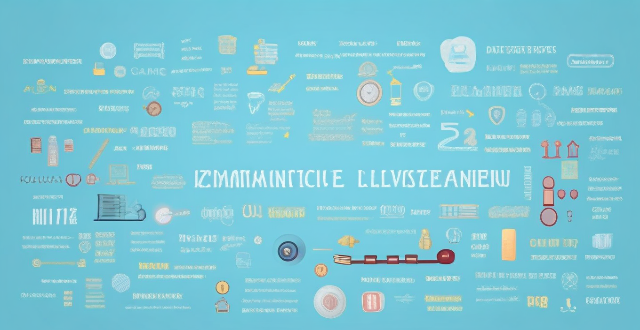
What programming languages are commonly used in educational game development ?
The text is about educational game development and the programming languages used. It lists some of the most commonly used programming languages in educational game development, including Python, JavaScript, Java, C#, UnityScript (C# variant), and HTML5/CSS3/JavaScript. The pros and cons of each language are discussed, along with examples of games that use them. The conclusion states that by choosing the right language for your project, you can ensure that your game is engaging, educational, and accessible to a wide audience.

Can you recommend any good books for beginners to learn programming ?
Recommendations for Beginners to Learn Programming: 1. "Head First Programming" by Paul Barry - visual learning approach, covers basic programming concepts, includes exercises and examples. 2. "Automate the Boring Stuff with Python" by Al Sweigart - practical applications of Python, easy-to-follow tutorials, introduces automation and scripting. 3. "Eloquent JavaScript" by Marijn Haverbeke - focuses on web development, covers both programming fundamentals and JavaScript-specific topics, includes interactive examples and challenges. 4. "Learn Python the Hard Way" by Zed Shaw - hands-on approach to learning Python, emphasizes project-based learning, includes exercises and challenges. 5. "Programming: Principles and Practice Using Python" by Guido van Rossum and Barbara Beeton - comprehensive introduction to programming using Python, covers a wide range of topics, includes exercises and case studies.
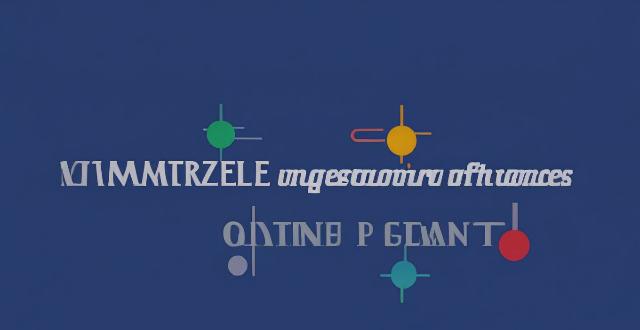
What are some reliable online learning resources for coding and programming ?
The text summarizes reliable online learning resources for coding and programming, including Coursera, edX, Udemy, Codecademy, Khan Academy, Pluralsight, LeetCode, and HackerRank. Each resource provides video lectures, interactive exercises, quizzes, assignments, and assessments to help learners improve their coding and programming skills. Some of the highlights of these resources include collaboration with prestigious universities, free access to most courses, personalized learning plans, and integration with popular development tools.

How does machine learning differ from traditional programming ?
Traditional programming involves writing code for specific, predictableTraditional programming involves writing code for specific, predictable while machine learning focuses on adapt Traditional programs produce deterministic results and require explicit instructions for all scenarios, whereas machine learning models can generalize from examples and make predictions on new data. The development process for traditional programming involves algorithm design, debugging, and testing, while machine learning involves data collection, model training, evaluation, and tuning. Traditional programs may struggle with scalability and flexibility, while machine learning models can handle large datasets and adapt to changing patterns without manual code changes. Human involvement in traditional programming is active and clear, while in machine learning, it is passive and sometimes difficult to understand the decision-making process. The choice between these approaches depends on the problem's nature, data availability, and the need for adaptability and scalability.
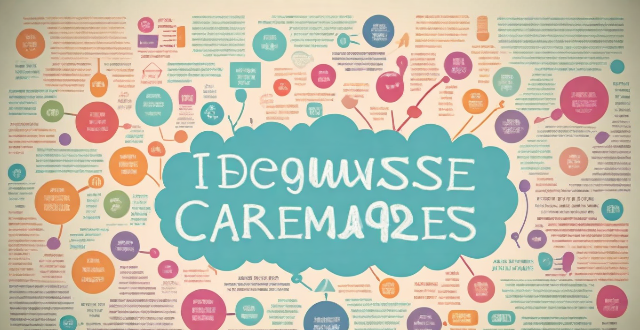
What are the best online resources for learning programming ?
The article discusses various online resources available for learning programming. It categorizes these resources into free tutorials, paid courses, and practice projects. The free tutorials include Codecademy, Coursera, edX, and Khan Academy, which offer interactive exercises, video tutorials, and quizzes to help learners practice their skills. Paid courses are offered by Udemy, Treehouse, Pluralsight, and Lynda/LinkedIn Learning, providing video tutorials, interactive exercises, and assessments. Practice projects can be found on GitHub, HackerRank, LeetCode, and Project Euler, where learners can work on real-world problems and improve their problem-solving skills. Overall, the article provides a comprehensive list of resources for those looking to learn programming online.

Is it necessary to have a strong math background to learn programming effectively ?
Is it necessary to have a strong math background to learn programming effectively? Programming is a complex field that involves various skills and knowledge. One of the most common questions asked by beginners is whether having a strong math background is necessary for effective learning of programming. In this article, we will explore this question in detail. Mathematics plays a crucial role in programming, especially in areas such as data analysis, machine learning, and game development. However, it is not absolutely necessary for all types of programming. For example, if you are developing simple web applications or writing scripts to automate tasks, a strong math background may not be required. If you plan to work in fields like data science or game development, then having a good understanding of mathematics can be very beneficial. If you feel that your math skills are lacking, there are several ways to improve them through online courses, reading books, practicing problem solving, and joining study groups. With dedication and effort, anyone can improve their math skills and become an effective programmer.

How do bootcamps compare to traditional computer science degrees in terms of learning programming ?
Bootcamps and traditional computer science degrees are two popular ways to learn programming. While both have their advantages and disadvantages, they differ in several key aspects: 1. **Learning Duration**: Bootcamps last a few weeks or months, while traditional degrees take four years for a bachelor's degree and up to two additional years for a master's degree. 2. **Curriculum and Coursework**: Bootcamps focus on practical, project-based learning of specific programming languages and tools, while traditional degrees offer a broader range of courses covering various topics such as algorithms, data structures, operating systems, and computer architecture. 3. **Cost and Financial Considerations**: Bootcamps are generally less expensive than traditional degrees, with tuition fees ranging from a few thousand to tens of thousands of dollars, while traditional degrees can be significantly more expensive. 4. **Career Opportunities and Outcomes**: Bootcamps prepare students for entry-level programming jobs quickly, while traditional degrees open up a wider range of career opportunities, including roles in research, academia, and management. The choice between a bootcamp and a traditional degree depends on individual goals, preferences, and circumstances.

Are there any interactive platforms where I can practice programming skills ?
Interactive Platforms for Programming Practice: - Codecademy offers free courses, advanced paid lessons, and project building. - LeetCode provides coding problems, discussion forums, and contests. - HackerRank presents coding challenges across various tech domains. - Exercism features multilingual exercises with mentor support and community interaction. - Repl.it is a cloud-based IDE with multi-language support, collaboration options, and templates.

What are the most effective methods for quickly learning a new language ?
Learning a new language can be made more enjoyable and rewarding by setting clear goals, immersing yourself in the language, using technology and resources, practicing consistently, and seeking out real-life opportunities.
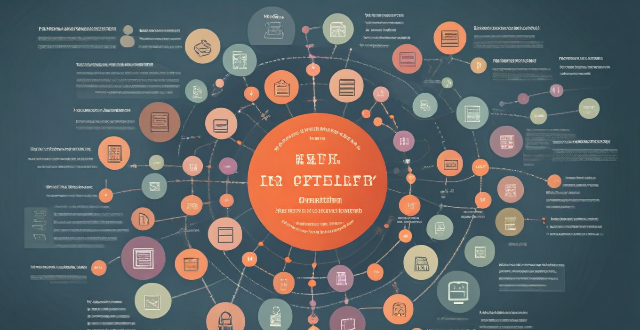
How important is immersion when trying to learn a foreign language quickly ?
Immersion is crucial for rapid language acquisition, providing contextual learning, immediate feedback, authentic pronunciation, cultural understanding, motivation, and practical tips like language exchange programs and social integration.
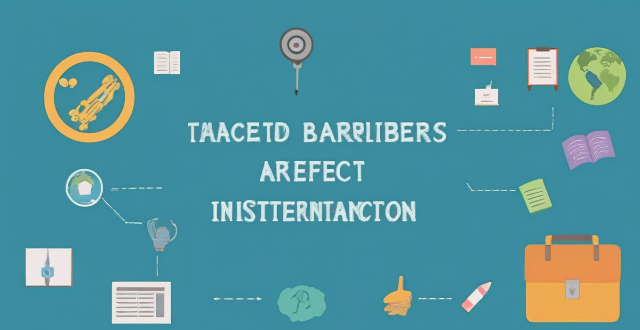
How do language barriers affect the learning experience of international students ?
The article discusses the impact of language barriers on the learning experience of international students, including communication difficulties in lectures and class discussions, academic challenges in reading assignments, writing tasks, and test-taking, as well as social integration issues such as making friends and participating in campus life. It also suggests strategies to overcome these barriers, such as utilizing educational support services, technology tools, and active participation in language exchange programs.
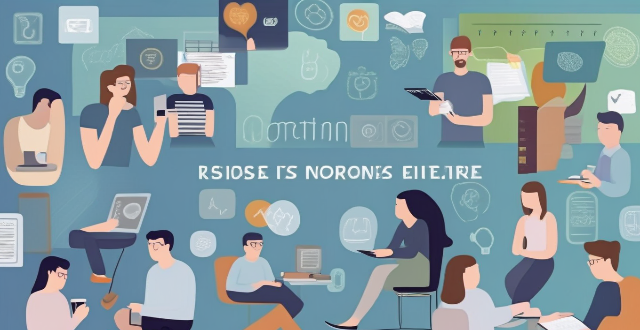
Can you recommend any good online learning resources for language learning ?
Here are some good online learning resources for language learning: Duolingo, Rosetta Stone, Memrise, Babbel, italki, Lingoda, Busuu, Coursera, Edx, and FluentU. These platforms offer courses in various languages and use different approaches to teaching, such as interactive lessons, immersive experiences, flashcards, conversation skills, one-on-one tutoring, and real-world videos.

How can I improve my vocabulary in a new language ?
Improving your vocabulary is essential for fluency and understanding when learning a new language. Some tips include reading extensively, watching TV shows and movies in the target language, using flashcards, practicing with native speakers, and keeping a vocabulary journal. Consistency and patience are key, as well as not being afraid to make mistakes.

What are some tips for learning a language through immersion ?
Immersion is an effective method to learn a new language. It involves surrounding oneself with the language and culture, forcing use of new skills in real-life situations. Tips include starting slowly, finding a language partner, watching TV shows and movies in the target language, reading books and newspapers, using technology, attending classes or workshops, and traveling to a country where the language is spoken. Learning a language through immersion requires dedication and patience but can be rewarding.

Are there any free platforms for language learning ?
Language learning has become more accessible than ever before, thanks to the internet. There are numerous free platforms available for those who want to learn a new language or improve their existing skills. In this article, we will explore some of the best free language learning platforms available.

How can I improve my language learning speed ?
The article provides tips on how to improve language learning speed, including practicing consistently, immersing oneself in the language, active learning, practicing speaking and writing, using technology, and setting achievable goals.
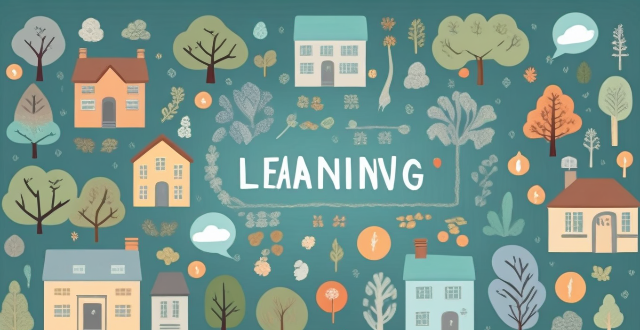
Can language learning apps help with improving conversational skills ?
Language learning apps can improve conversational skills through convenience, interactive content, immediate feedback, real-life simulations, and gamification. However, they lack human interaction, cultural context, and should not be relied on solely for language learning. A comprehensive strategy combining app-based learning with other forms of practice is recommended.

What is the best way to practice speaking a new language ?
The article provides a summary of the best ways to practice speaking a new language, which include immersing oneself in the language, speaking frequently and without fear of making mistakes, practicing regularly, focusing on pronunciation and fluency, and learning through real-life conversations. Consistency and practice are emphasized as key factors in improving language skills.
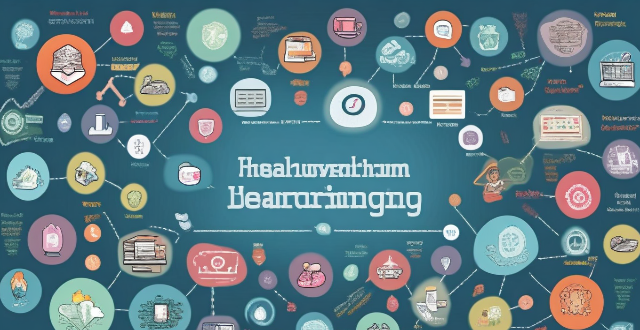
What role does technology play in rapid language acquisition ?
Technology has revolutionized language learning by offering various tools and platforms that aid in rapid language acquisition. Online platforms provide access to diverse resources, personalized experiences, and gamification to make learning engaging. Mobile apps add convenience, interactive features, and social learning opportunities. Language exchange programs offer real-life practice, mutual benefits, and networking opportunities. Overall, technology enhances the efficiency and effectiveness of language learning.
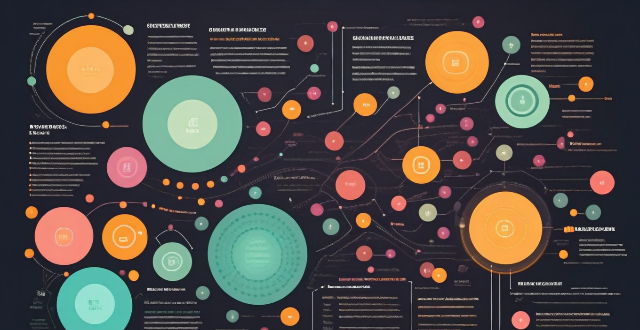
How do language learning apps incorporate grammar and vocabulary into their lessons ?
Language learning apps incorporate grammar and vocabulary into lessons through interactive contextualized learning, gamified exercises, spaced repetition techniques, personalized learning paths, multimedia content, social interaction opportunities, and offline learning features. These methods aim to make the acquisition of a new language efficient, engaging, and adaptable to individual learners' needs and preferences.

Are there any good online learning resources for language learning ?
Good online learning resources for language learning include Duolingo, Memrise, Rosetta Stone, Babbel, and Busuu. Each platform has its unique features and strengths, such as interactive lessons, memory techniques, immersive experiences, conversational focus, and community support. These resources can help learners achieve fluency in their target language by providing engaging and effective ways to learn vocabulary, grammar, pronunciation, and cultural insights.
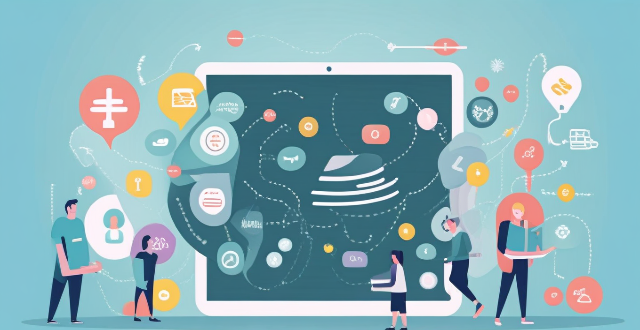
Are there any free language learning apps that are worth using ?
There are many free language learning apps available that can help you on your journey to fluency. Some of the best ones include Duolingo, Memrise, Busuu, Rosetta Stone, and Tandem. Each app offers unique features and benefits, such as gamified learning experiences, memorization techniques, social platforms for conversation practice, and immersive environments with no translation needed. Whether you prefer interactive games or connecting with native speakers, there is an app out there that can help you achieve your language learning goals.

Is it possible to become fluent in a foreign language in just a few months ?
Becoming fluent in a foreign language within a few months is possible but depends on various factors such as prior language experience, time dedication, effective learning resources and methods, favorable language difficulty, strong motivation, and a proactive approach to learning. Strategies for rapid language learning include setting clear goals, creating a study routine, practicing with native speakers, using technology, and embracing mistakes and persevering.

How do I improve my pronunciation in a foreign language ?
Improving your pronunciation in a foreign language is essential for effective communication and can greatly enhance your overall language skills. Here are some tips on how to improve your pronunciation: listen carefully, practice with a native speaker, use pronunciation guides and apps, record yourself and analyze your mistakes, and be consistent and persistent. By following these tips, you can greatly improve your pronunciation in a foreign language.

How do language barriers affect the integration process for immigrants ?
Language barriers significantly impact immigrant integration, affecting employment opportunities, social interactions, and access to essential services. Limited job access and lower earning potential are employment-related challenges. In social interactions, cultural understanding and community participation are affected. Access to healthcare, education, and government services is also compromised due to language barriers. Addressing these issues through language education and multilingual support systems can foster a more inclusive environment for immigrants.

Do immigration policies influence language preservation or loss within communities ?
Immigration policies can significantly affect language preservation and loss in communities by changing demographics, shaping language education, community support, and intergenerational transmission. Open policies may increase diversity, while restrictive ones can lead to language loss.

What features do the best language learning apps have in common ?
The best language learning apps share several key features that make the process of learning a new language more effective and enjoyable. These features include interactive and engaging content, real-life scenarios and conversations, grammar and vocabulary building tools, and personalized learning paths. By incorporating these features into their design, language learning apps can help users achieve their language learning goals more efficiently and enjoyably.